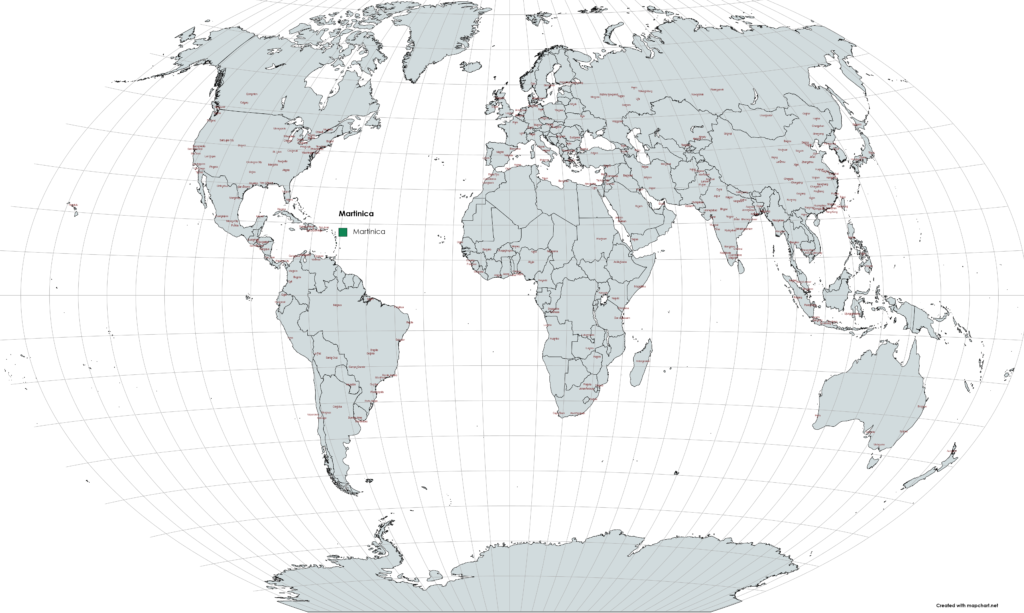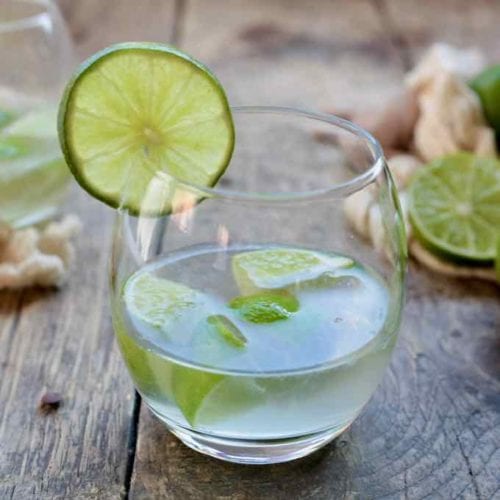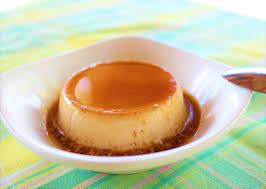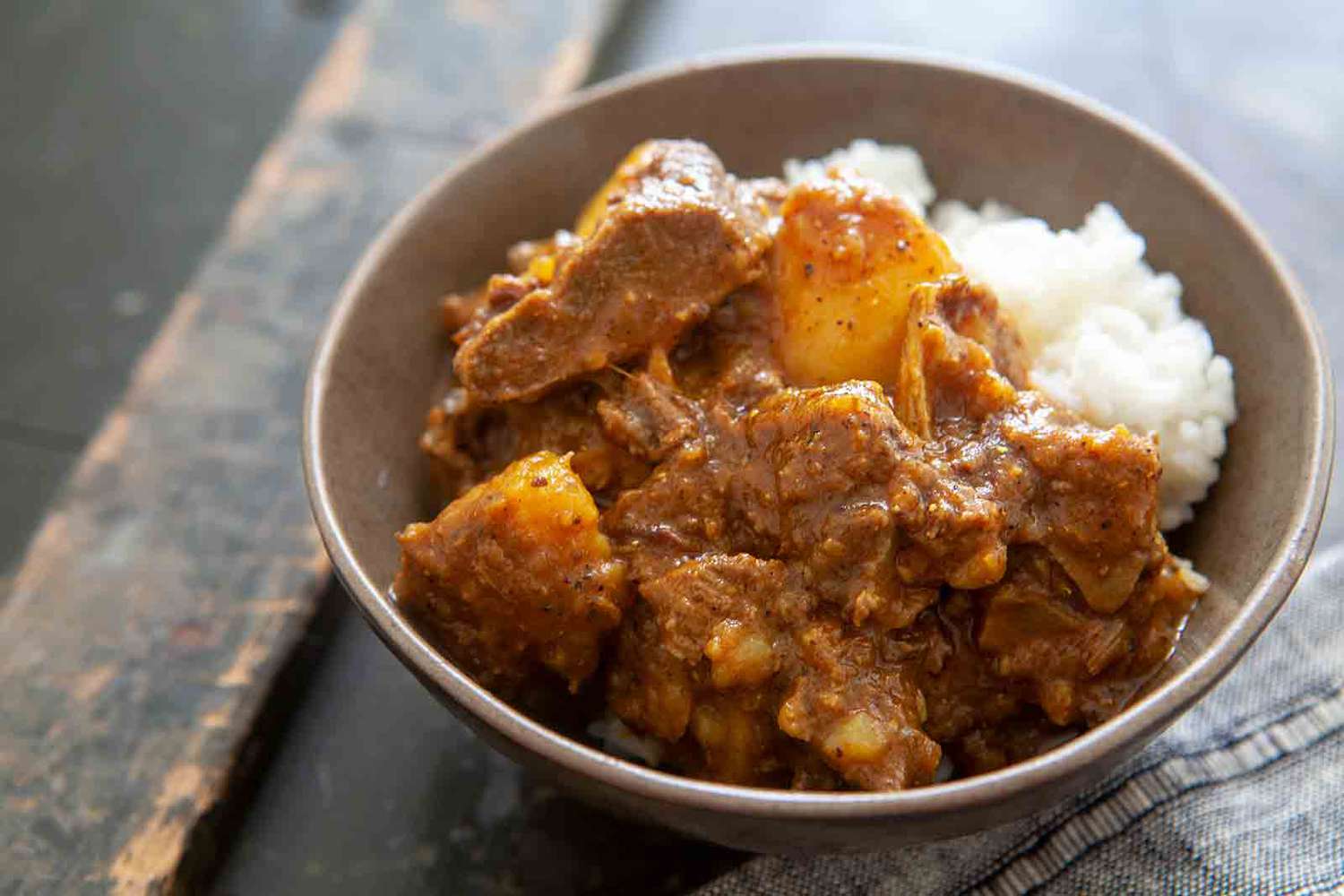Martinica travel tips
Martinica travel tips: Caribbean jewel with lush rainforests, volcanic landscapes, French-Caribbean culture, vibrant markets, and pristine beaches offering an enchanting escape.
Arrondissements 🌎
Martinica travel tips. Here is a list of all the arrondissements of the Martinica.
Before you go 🛩
Important information you should know before your trip
Info

Capital | Fort-de-France
Flag Codes
ISO alpha-2 MQ, ISO alpha-3 MTQ
Currency
Badge | Euro
CODE | EUR
NUMBER | 978
SYMBOL | €
FRACTION | Penny
Mobile Coverage
Dialing Code | +596
SIM Card
Coverage
3G / 4G / 5G
Mobile Networks | Digicel | Free Mobile | Orange Mobile | SFR Caraibe Mobile |

Location
Martinique is an island located in the eastern Caribbean Sea. It is part of the Lesser Antilles, a group of islands that forms an arc between the Caribbean Sea and the Atlantic Ocean. Martinique is situated north of St. Lucia, south of Dominica, and southeast of Puerto Rico.
Geographically, Martinique is positioned between latitude 14.5°N and 14.9°N and longitude 60.8°W and 61.2°W. The island has a total area of approximately 1,128 square kilometers (436 square miles) and a coastline that stretches for about 350 kilometers (217 miles).
Martinique is an overseas department and region of France, making it an integral part of the French Republic. The island is characterized by its lush tropical landscapes, stunning beaches, and a combination of French and Caribbean influences in its culture and cuisine.
Fort-de-France is the capital and largest city of Martinique, located on the western coast of the island. Other significant towns include Le Lamentin, Le Robert, Sainte-Anne, and Le François.
With its beautiful beaches, vibrant culture, and rich history, Martinique attracts visitors from around the world who come to enjoy its natural beauty and experience its unique blend of French and Caribbean charm.
Currency
The currency of Martinique is the Euro (€). As an overseas territory of France, Martinique is part of the Eurozone, and the Euro is the official currency used for transactions on the island. The Euro is denominated in coins (cents) and banknotes, and it is widely accepted throughout Martinique. It’s recommended to have some cash on hand for smaller establishments and to use credit cards for larger purchases or in more tourist-oriented areas. ATMs are available in towns and cities, allowing you to withdraw Euros using your debit or credit card. It’s advisable to inform your bank or credit card provider about your travel plans to avoid any issues with card usage while in Martinique.
Languages
The official language of Martinique is French. As an overseas department of France, Martinique is part of the French Republic, and French is widely spoken and used for official purposes. The local variant of French spoken in Martinique is known as Martinican Creole, which has influences from African languages and other Caribbean dialects.
While French is the primary language, many people in Martinique, especially those in the tourism industry, also speak English. In popular tourist areas and hotels, you can generally find English-speaking staff who can assist you with your needs. However, it’s always helpful to learn a few basic French phrases and greetings to enhance your communication and interactions with the local population.
In addition to French and Martinican Creole, there are also some residents who speak other languages, such as Spanish and various African languages, reflecting the island’s multicultural heritage.
Climate 🌡
Martinique has a tropical climate characterized by warm temperatures and high humidity throughout the year. The island experiences relatively consistent weather patterns with slight variations in temperature and rainfall depending on the season. Here are the key features of Martinique’s climate:
Dry Season (December to May): This period is considered the dry season in Martinique. During these months, temperatures range from the mid-70s to mid-80s Fahrenheit (mid-20s to low 30s Celsius). Rainfall is generally lower, and the weather is mostly sunny with occasional short showers. The dry season is also the peak tourist season in Martinique, attracting visitors seeking warm, pleasant weather.
Wet Season (June to November): The wet season in Martinique coincides with the Caribbean hurricane season. Although direct hits from hurricanes are rare, the island can experience increased rainfall and the possibility of tropical storms during this period. Temperatures remain warm, ranging from the mid-70s to low 80s Fahrenheit (mid-20s to high 20s Celsius). The wet season is typically characterized by intermittent rain showers, which can be heavy at times but usually do not last all day.
Throughout the year, trade winds from the northeast provide a cooling effect, making the temperatures in Martinique more comfortable. The average annual temperature ranges from about 75°F to 86°F (24°C to 30°C).
It’s important to note that weather patterns can vary, and unexpected weather events can occur. It’s advisable to check the local weather forecast and stay informed about any potential tropical storms or hurricanes if traveling during the wet season.
Martinica travel tips
If you’re planning a trip to Martinique, here are some travel tips to enhance your experience:
Weather:
Martinique has a tropical climate. Pack lightweight, breathable clothing, sunscreen, and insect repellent. Hurricane season is June to November.
Safety Precautions:
Exercise normal safety precautions. Secure belongings, be aware of your surroundings, and use reputable transportation services.
Rum Distilleries:
Tour rum distilleries like Habitation Clément. Learn about the rum-making process and savor exquisite tastings.
Natural Wonders:
Explore Jardin de Balata, a botanical garden, and Cascade Didier, a picturesque waterfall in the rainforest.
Transportation:
Rent a car for exploring the island. Public transportation is limited. Driving is on the right side of the road. View Guide.
Cultural Etiquette:
Embrace the local culture. Greet people with a friendly “Bonjour” and “Bonsoir.” Politeness is highly valued.
Respect Nature:
Respect the environment. Martinique is rich in biodiversity, so follow eco-friendly practices during your stay.
Enjoy the incredible beauty and diversity that Martinica has to offer!

The best of the best
Martinique, with its unique blend of French and Caribbean influences, offers a diverse and delicious culinary scene.

Ti’ Punch
Ti’ Punch is a classic Martinican cocktail made with white rum, lime juice, and cane syrup. It is a beloved local drink and is often enjoyed as an aperitif or after-dinner drink.

Flan Coco
Flan Coco is a popular dessert in Martinique, consisting of a creamy and smooth coconut custard. It is typically flavored with vanilla and caramelized sugar and has a rich and indulgent taste.

Tourment d’Amour
Tourment d’Amour is a traditional Martinican pastry made with a sweet pastry crust and filled with coconut custard or guava jam. It is a popular sweet treat enjoyed on the island.
Here are some typical foods and dishes you can enjoy when visiting Martinique:
Tourment d’Amour: Tourment d’Amour is a traditional Martinican pastry made with a sweet pastry crust and filled with coconut custard or guava jam. It is a popular sweet treat enjoyed on the island.
Accras: These are savory fritters made from a mixture of salted codfish, flour, spices, and herbs. Accras are a popular appetizer or snack in Martinique and are often served with a spicy sauce.
Colombo: Colombo is a flavorful curry-like dish that originated in the French Caribbean. It typically features chicken, goat, or fish cooked with a variety of spices, including turmeric, cumin, coriander, and ginger. Colombo is often served with rice or local root vegetables.
Boudin: Boudin is a traditional sausage made with pork, liver, and various seasonings. It is usually served with bread or as part of a Creole dish called “matoutou” – a combination of boudin, crab, and spices.
The island is also known for its fresh tropical fruits, seafood dishes, and a variety of Creole-inspired specialties.
Transportation 🚥
More information about this country
Choose your destination 📍🗺
Useful Links ✅









